Romeo Dumoulin Paintings
Romeo Dumoulin was a Haitian artist known for his contributions to painting, particularly during the first half of the 20th century. Born in 1905, Dumoulin emerged from a cultural context in Haiti that was rich with artistic traditions, blending African, European, and indigenous influences. Although detailed biographical information about Dumoulin may be scarce, his work is reflective of the vibrant artistic scene in Haiti during that era.
Dumoulin's art is characterized by its vivid colors and often depicts scenes from everyday life in Haiti, including its people, landscapes, and cultural practices. His style may have been influenced by the broader movements of the time, such as impressionism and expressionism, yet it retained a distinct Haitian character through its subject matter and the use of local symbolism.
Unfortunately, Romeo Dumoulin's life was cut short when he passed away in 1944. Despite his early death, his contributions to Haitian art were significant, and he remains a respected figure in Haiti's art history. Dumoulin's work continues to be celebrated for its beauty, craftsmanship, and unique portrayal of Haitian life and culture during the early 20th century.
It is important to note that information about some artists, particularly those from countries with less documentation of historical figures or less international recognition, can be limited. Therefore, details about Dumoulin's education, personal life, and specific artistic milestones might be less documented compared to more widely recognized artists. Nonetheless, Romeo Dumoulin is remembered as a pioneer in his field, and his artwork serves as an important legacy within the rich tapestry of Haiti's cultural heritage.
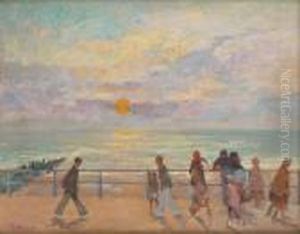

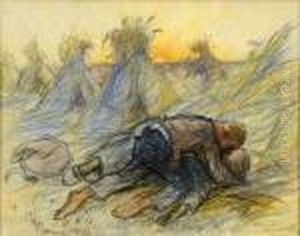





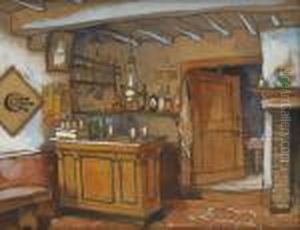








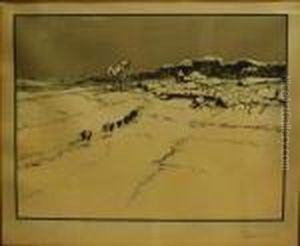
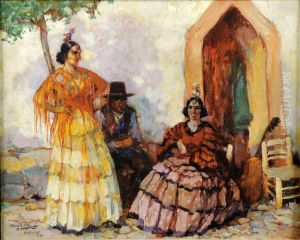















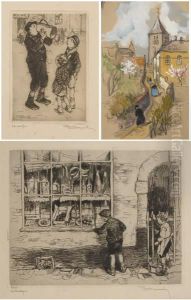












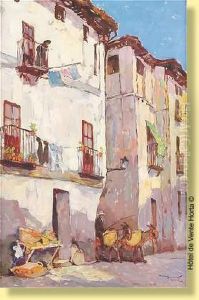

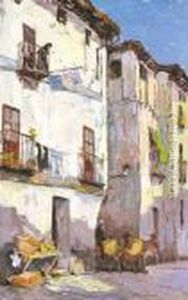



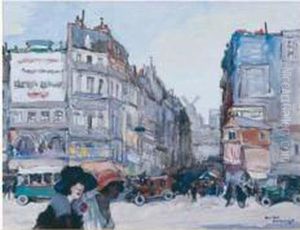





![Sans Titre [vieilles Et Enfants Devant Le Pas De Porte D'une Habitation]](https://www.niceartgallery.com/imgs/1285756/s/romeo-dumoulin-sans-titre-vieilles-et-enfants-devant-le-pas-de-porte-dune-habitation-f283f7e9.jpg)











